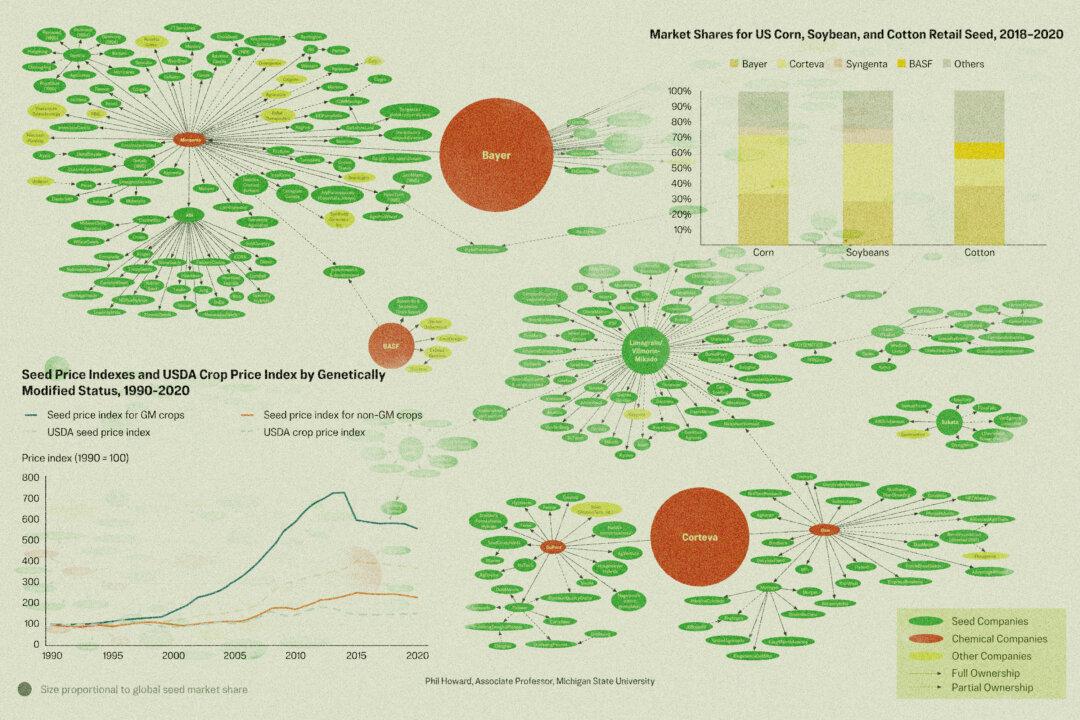A tidal wave of humanity is sweeping over the idyllic rainforests and famous surf beaches of Costa Rica, one that has no apparent end in sight.
The Central American nation of barely 5 million people has reached a tipping point amid groups of migrants heading north from Panama and the Darien Gap toward the United States.





